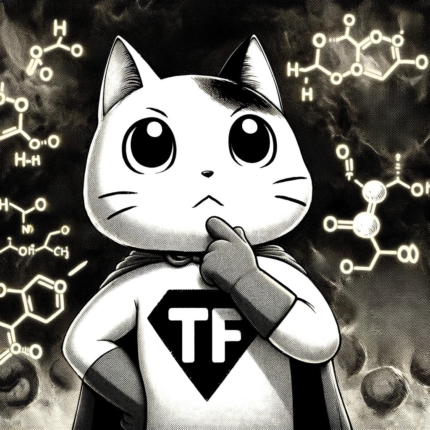In Fat Chance, Dr. Robert Lustig tells us:
“Insulin, in common parlance, is known as the diabetes hormone. Diabetics inject insulin to lower their blood glucose. But where does the glucose go? To the fat. Insulin’s actual job is to be your energy storage hormone. When you eat something (usually containing some form of carbohydrate), your blood glucose rises, signaling the pancreas to release insulin commensurate with the rise in blood glucose. … Insulin then tops off the liver’s energy reserve by making liver starch (called glycogen), and shunts any amino acids from the blood into muscle cells. Excess fatty acids, or blood lipids, are cleared into fat cells for storage for a ‘rainy day,’ where they get turned into greasy triglycerides (such as the fat surrounding your steak). There is no energy storage without insulin—it is the key that unlocks the door to the fat cell to let energy enter and subsequently be stored as fat. Insulin makes fat—the more insulin, the more fat. And there it sits . . . and sits . . . for as long as there is insulin around. When the insulin levels drop, the process goes in reverse: the triglycerides get broken down, causing the fat cells to shrink—when it happens, that’s weight loss!—and the fatty acids reenter the bloodstream and travel back to the liver, where they are burned by the liver or other organs. In this way, by cycling our insulin up and down, we burn what we need, and store the rest.”
Following a few food rules, such as not drinking sugar, not eating flour, and honoring a fasting window, can help us reduce insulin levels, slow down fat storage, and help the process go in reverse much more often.




